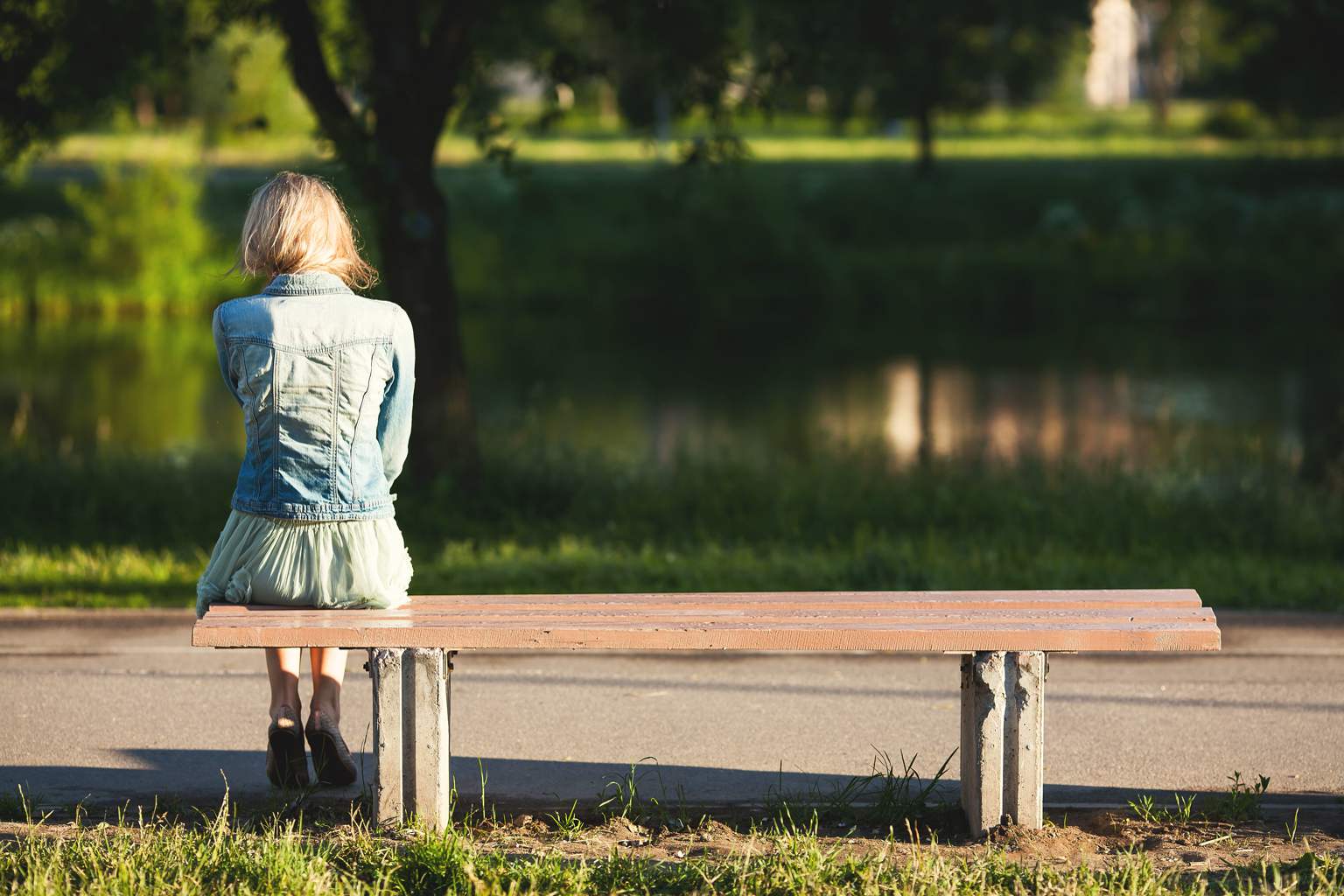Have you ever noticed someone deliberately choosing a seat far away from others in a nearly empty waiting room or bus? It might seem like a small gesture, but this simple act reveals a lot about our social instincts and how we manage personal comfort. Far from being rude or antisocial, avoiding close seating is a natural response shaped by psychology, culture, and personal boundaries.
How personal space affects seating choices
Everyone carries an invisible bubble of personal space around them—often called peripersonal space—that feels natural to maintain. When someone sits too close, especially a stranger, this can trigger an automatic feeling of discomfort. Our brains are wired to scan surroundings for safety and protect us from perceived threats, whether they’re physical or emotional. This reaction has evolutionary roots tied to survival, where maintaining distance helped avoid danger.
For many, this means deliberately seeking out a seat with some physical distance to feel at ease. Even if a room is nearly empty, the instinct to respect or defend this personal boundary often wins over.
Unspoken social rules that guide behavior
There’s a kind of silent agreement in most cultures that you should leave a seat between yourself and strangers when space allows. We don’t need a written rule—this behavior is learned and reinforced through social cues. Sitting directly next to someone when other seats are open can feel intrusive or uncomfortable.
In fact, that unspoken boundary acts as a social buffer, easing interactions with strangers. When people choose a seat far from others, they’re following these social norms to respect each other’s space and avoid awkwardness. It’s not about being unfriendly; it’s about acknowledging mutual comfort.
How stress and anxiety shape seating behavior
Public or unfamiliar settings can be quietly stressful. Even without direct interaction, the simple proximity of others can raise tension levels, especially in confined spaces like small waiting rooms or buses. To manage this, many instinctively create physical barriers or distance.
You might notice someone using a backpack or book to block off a seat beside them or focusing intently on their phone. These small acts help reduce anxiety and reclaim a sense of control over their environment. For people with social anxiety, choosing a seat farther away is even more crucial—it helps them feel less exposed and vulnerable in public.
Cultural and emotional factors that influence distance
Who we choose to sit near, or avoid, can also depend heavily on our impressions of others. People who appear angry, tense, or unapproachable often inspire more space, while those who look relaxed or friendly invite closer seating.
Culture plays a powerful role too. Some cultures are comfortable with close physical proximity, while others maintain much greater physical boundaries. These ingrained habits influence our seating choices without us even realizing it.
I remember once sitting in a nearly empty café in a busy city. While everyone else spread out, one person sat right next to me despite plenty of open tables. The slight discomfort I felt wasn’t about them personally—it was that sense of dashed expectation for space. That moment really made me aware of how crucial personal space is for our comfort and mental rest in public places.
While it may seem like a minor detail, the way people choose where to sit reveals fascinating insights about how we manage comfort, emotional well-being, and social expectations. It’s a natural, often subconscious dance we all perform, balancing safety, respect, and familiarity in shared spaces.
Now that you know the reasons behind this common behavior, what do you think? Have you noticed yourself or others doing this? Share your thoughts or experiences—let’s talk about how we all navigate the invisible boundaries of personal space.
